
Фильм «Bushido Man» вышел в 2013 году, и, так как о нём в рунете информации немного, а точнее только "копипастный" логлайн в две строчки и ровно одна специфическая рецензия на Кинопоиске, написанная в стихотворной форме любителем трэша, я решил восполнить эту несправедливость и расписать покраше данное произведение искусства. Причём говорю это без всякого сарказма. На таких фильмах стоит заострять внимание в силу изобилия достоинств по всем аспектам, которыми обладает фильм и которых крайне не хватает в картинах больших бюджетов, амбиций и масштабов съёмок. И тем более, фильм достоин внимания еще и потому, что есть дефицит на качественные фильмы данной категории. По этому фильму можно смело учиться тому, как можно снимать хорошее кино в жанре БИ при минимуме средств и не ссылаться на "плохие условия", маленькие бюджеты и какие-то сроки поставленными непонятными "серьёзными дядями" из киностудии, которые чихать хотели на творчество исходящее из души.
«Bushido Man» - это свежий взгляд на боевое кино. Этот самобытный и самодельный фильм созданный парнями, видимо, уставшими от всех канонов, правил, штампов большого кинематографа, и которые делали его, прежде всего потому, что им этого хотелось, а не потому, что работа такая. В нём чувствуется лёгкость, свежесть, свобода мысли, креатив, простенький, но забавный юмор, своя философия, процесс ради процесса и отсутствие давления со стороны продюсеров и других обязательств перед студией. Благо, продюсерами выступили сами создатели фильма. Также чувствуется, что весь творческий коллектив фильма состоит из энтузиастов, каждый из которых занимается своим делом, и среди которых нет случайных людей.
Сюжет
Современная Япония. Торамару - странствующий боец смешанных единоборств, следующий по "Космическому Пути" - пути истинного воина-самурая, имеющий кодекс чести, свою философию и мораль, ищущий просветления через боевые искусства. Когда он заканчивает свое учебное путешествие, то навещает своего мастера Гэнсая, который и дал ему наказ совершить паломничество по стране и сразиться с настоящими мастерами боевых искусств Японии, добыть у них эзотерические манускрипты боевых дисциплин, чтобы стать всеобъемлющим мастером Муген-Га-Рю (смешанные единоборства).
Реализация сюжета
Автор сценария и режиссёр Таканори Цудзимото, снимавший и ранее малобюджетные картины околотрэшевой направленности с наличием боевых искусств, придумал интересный стиль повествования данной истории. Её рассказывает сам главный герой Торамару уже по прошествии основных событий, которого играет харизматичный и достаточно известный в Японии Мицуки Кога ("Тройной форсаж: Токийский дрифт", "Синоби").
Рассказ ведётся в форме флэшбеков после недавнего странствия, в диалоге с мастером Гэнсаем, который с нетерпением отгадывает с каким мастером Торамару сразился и какое блюдо перед этим отведал. Да, вам не послышалось! И аспекту кулинарии в сюжете уделяется особое внимание. Как гласит наставление Мастера Гэнсая: "Чтобы познать врага, нужно узнать, что он ест". Торамару, будучи прилежным учеником, последовал данному наставлению и перед каждым боем отведал блюдо своего противника, свойственное месту проживания того, о чём подробно и повествует на протяжении всего фильма: какую еду ел в том или ином регионе или городе и как сразился с каждым мастером.
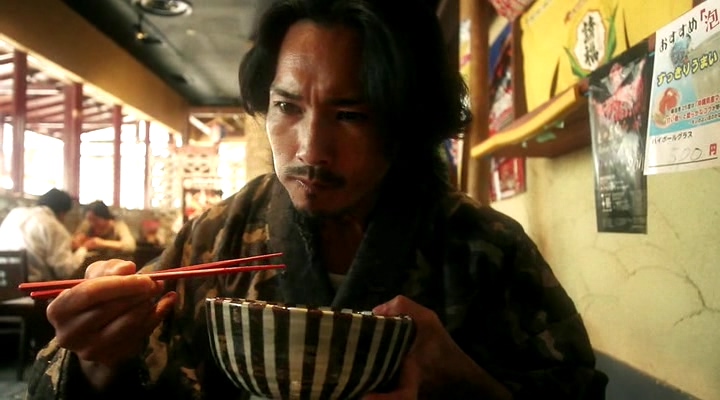
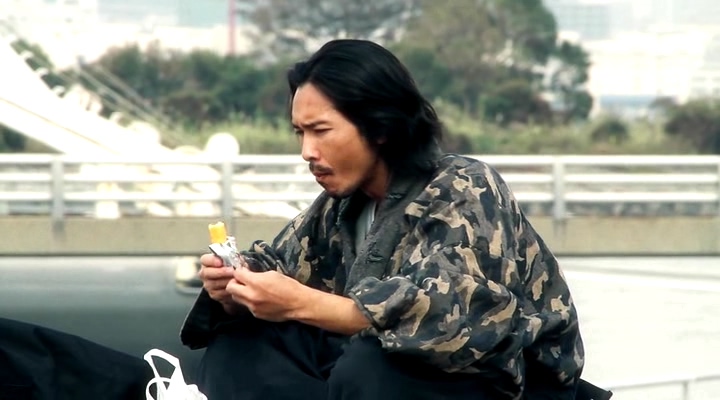

Данный кулинарный сюжетный элемент я считаю достаточно забавным и оригинальным, он прибавляет особый шарм данной картине. А с каким смаком преподносится рассказ об опробованных главным героем блюдах, что может даже показаться, что это реклама какого-то продукта или общепитного заведения. Зрителя ждёт достаточно аппетитный экскурс по японской кухне.
Но казалось бы, причём тут еда? И зачем её снимать с таким акцентированным вниманием? Так как это Дзен-боевик ( сам придумал!), то здесь уделяется должное внимание всем прелестям окружающего мира: и еде, и локациям, и статуе Будды, как бы напоминающей нам о Вечном, и мимо проходящим животным и насекомым с природными ландшафтами, а одной зверушке даже выделили определённую роль, как это было в "Пути Дракона" в схватке Брюса Ли и Чака Норриса.
На пути Торамару встретится и мастер кунг-фу Юн Дженг, и мастер шеста Мокунен, и «мастер» нунчаку Рин Рю, и философски настроенный слепой мечник Муса, который "видит" противника лучше зрячего и ощущает любые душевные колебания, телодвижения, мимику, улавливая при этом запах холодного пота на ветру, который источает страх противника. А так же среди бойцов есть несчастный якудза-хитмен - мастер ножа, имеющий свою печальную предысторию и которому больше нечего терять, и мастер пистолетов, по забавному совпадению напоминающий Джона Ву, который носит ковбойскую одежду, и достаточно симпатичная и таинственная незнакомка по имени "М", снабжённая орудиями, стреляющими при её ударах кулаками.
Степень оригинальности и харизмы каждого из бойцов зашкаливает, и драматургическое раскрытие их личностей даже не требуется - на них всё написано. Некоторые бойцы, конечно же, придуманы "за компанию", чтобы веселее было, но те, что из серьёзных, достаточно содержательны, хоть и совершенно нового, в плане идеи, в них нету. И, тем не менее, почти в каждом бойце читается личность, в которую можно вглядеться и увидеть определённый жизненный опыт, какую-то изюминку и колорит, а не пародию. Им веришь. А это чувство посещает достаточно редко в современном кино. И кастинг тут играет не последнюю роль.
Концовка фильма достаточно противоречива и неожиданна, но полностью оправдывает общее настроение фильма состоящего из абсурда, комедии и трэша. Она напрочь выносит мозг, в хорошем смысле слова.
Каст и актёрская игра.
Тут все на своих местах. За игрой каждого актёра наблюдать интересно. Главный герой имеет благородный вид элитного воина, каждый боец обладает своей харизмой, мастер Гэнсай серьёзен и крайне забавен одновременно, Ёсиюки Ямагути, достаточно часто играющий у Такаси Миике, очень хорошо подходит на эту роль.
Комедийная составляющая тоже достойна внимания. Достаточно забавно наблюдать серьёзные лица говорящие полный абсурд. Причём так и задумано. И это один из лучших, на мой взгляд, стилей комедийного жанра, когда смех или улыбку вызывает сам факт абсурдности происходящего, а не кривляния на камеру и нижепоясная тематика.
Визуальный ряд
Во-первых, хочу похвалить операторскую работу и монтаж, которые являются фундаментально важными в жанре экшн. В данном случае уместно сменяются статичные кадры, с правильно подобранной живописной композицией и гармоничной длительностью, на умеренно быстрые смены кадров, обоснованных драматургией каждой сцены, которые изобилуют разнообразными ракурсами.
Операторская работа и монтаж выглядят в совокупности гармонично, ни один из аспектов не хромает и не портит впечатление другого, а взаимно дополняются. Чуть ли не каждый кадр можно ставить на паузу и писать с него маслом. Нет никакой мельтешни, спешки, ни одной лишней сцены и лишнего кадра.
Подобные оригинальные ракурсы и композиции кадров в сценах экшн, как в этом фильме, можно увидеть только в японских аниме или у художников комиксов. Аналогичного подхода я больше нигде не видел. Но, может быть, потому что не видел.



Во-вторых, приятна на глаз цветокоррекция видео и освещённость картинки, с еле заметные визуальными эффектами, которые создают общую цветовую гамму фильма и его особое настроение. Видно, что к этому аспекту подходили сознательно с должным вниманием. Картинка должна радовать глаз и создатели это прекрасно понимают.
С таким же должным вниманием и вкусом, сделаны и вступительные стильные титры к фильму, по аналогу старых китайских фильмов про кунг-фу, в которых как бы чувствуется дань уважения фильмам прошлого, на которых, видимо, росли создатели.
По большей части, визуальный ряд проходит в созерцательно медитативном неспешном стиле, но который, при этом, не служит снотворным, а наоборот, держит во внимании весь фильм. Но это зависит от личных качеств зрителя. Многим такой подход покажется наоборот скучным, ибо привыкли к мельтешне камеры, постоянной неуместной смене кадров, которые ТИПА создают динамику, с тупыми диалогами ради диалогов, которыми изобилуют большинство современных фильмов.
Саундтрек
На аспект музыкального сопровождения я редко обращаю внимания, потому что редко что запоминается. Этот фильм - как раз тот случай, где можно отметить всё музыкальное сопровождение на протяжении всего фильма! Саундтрек тут, на мой вкус и цвет, везде уместен, подчёркивает драматургию каждой сцены и замолкает, когда это нужно, как например, в битве со слепым мастером меча. Да и вообще музыка хороша. Так же приятен и фоновый звуковой ряд: шелест листьев, ветры, пение птиц, журчание ручья, звук низко пролетающего Боинга, всё это хорошо слышно и действует умиротворяюще на психику. Диалогов в фильме немного, информация доносится посредством визуального ряда, как и положено для кинематографа, а не за счёт постоянных разговоров. Озвучка поединков звучит естественно и качественно.
Хореография поединков
"Ритм и эйфория - очень важны в битве", как изрёк мастер Гэнсай, будто говоря о качестве постановки боевых сцен. Поединков тут много и количество их соответствует качеству, что бывает крайне редко. Постановщик Кенсуке Сономура, играющий мастера кунг-фу Юн Дженга, подошёл к своей задаче очень ответственно. Кстати, он ещё является при этом сопродюсером и монтажёром фильма и снимался в "Девочка-пулемет". И, наверное, это является самым важным фактором того, почему так хорошо показан экшн в фильме, потому что монтажом занимался сам хореограф, а не просто монтажёр, не понимающий всей ценности проделанной трюковой работы и хореографии. А тенденция того, что монтаж портит всю трюковую работу достаточно распространена в современном экшн-кино.
Каждый бой индивидуален, оригинален, изобретателен и изобилует множеством приёмов, всё это сопровождается грамотным ритмом, динамикой, монтажом и живой операторской работой, которая в правильных моментах меняет свой ракурс, с динамики на статику, и делает это очень разнообразно. Если в американских аналогах берутся 3-4 банальных ракурса, то тут их в несколько раз больше, они не банальны, и они никак не влияют на внятность происходящего на экране.
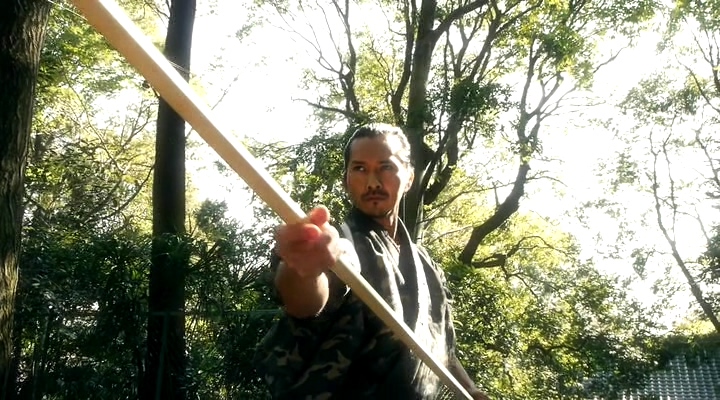


Бои длятся столько, сколько нужно, ни один серьёзный боец в фильме не был слит, в противовес общим тенденциям современного боевого кинематографа.
Чувствуется, что идея показать красоту боевых искусств и поединков, здесь является главной темой. Проделана большая работа по аспекту боевой хореографии, которая встречалась ранее только в старых гонконгских боевиках. В современных боевиках аналогов этому нет. И в фильме почти нет никаких тросов, матов и прочих хитростей, что тоже важно. Были сомнения только по одному фрагменту, и то трос там был уместен.
Так же следует отметить очень важный аспект в поединках - это их хорошую драматургию, да и вообще её наличие. Здесь реально противники друг друга стоят, почти каждый из них достойно отстаивает честь своего искусства, близкая победа кочует от одного к другому, противники хмурятся, приходят в замешательство, приглядываются друг к другу, изучают, злятся, пытаются отгадать следующую атаку, главный герой находит к каждому мастеру свой ключ победы, и никаких поддавков и эффекта "постановочности" в хореографии тут нет, все двигаются гармонично, ритмично и с эффектом контакта. В поединках уделено должное внимание именно игре актёров, их взглядам, мимике, что бывает тоже крайне редко в современном кино. А это один из самых важных элементов визуализации экранного конфликта. Достаточно вспомнить сцены из вестернов Сержио Леоне или Брюса Ли с Джеки Чаном, чтобы понять всю ценность подобных элементов повествования истории.
Остальные приятные примечания
У этого фильма есть свой стиль, своя атмосфера, своё настроение, здесь всё своё. Фильм - художественный, во всех смыслах слова.
Не упустили из виду и меняющийся визуальный облик главного героя, который меняется на протяжении всего путешествия по Японии. Мелочь, казалось бы, но нет - из мелочей и строится целостное впечатление, они придают естественности и жизненности.
Оказались приятны визуальные акценты на сценах не несущих за собой никакой сюжетной нагрузки: девушка подметает листья, главный герой вкушает блюда или собирает в лесу ветки для того, чтобы написать ими вызов мастеру шеста, который подметает территории храма; камера часто задерживается на локациях: журчащем водоёме, на разной живности и природе, её ландшафтах, контрастирующими с фонами городских локаций с характерной суетой и потоками "деловых людей"; на виде из окна самолёта, а так же, на естественном и не показушном поведении некоторых героев в кадре, не считая намеренно утрированных юмористических сцен.
Особо стоит подчеркнуть наличие взаимного уважения друг к другу противников. Это не просто драка, выяснение личных отношений, месть, насилие ради насилия, от которого уже тошнит. Здесь дерутся настоящие воины, имея понятия о воинском этикете, воины, которые отдают свои манускрипты достойно проиграв, не отдавая при этом собственной жизни и которые ведут дружескую беседу после поединка. Воины в этом фильме не бурлят ненавистью, ими движет здоровый дух соперничества. Этот аспект драматургии тоже делает свой вклад в общее позитивное настроение фильма. Подобное проявление уважения и воинского этикета к сопернику, ранее, я видел только в сцене фильма "Путь Дракона", когда герой Брюса Ли не просто ушёл с места битвы после победы над соперником или вырезал печень врага и, откусив от неё, выплюнул в лицо поверженному противнику, потом закурив элитную сигару, как это сделал один очень "дикий пёс" Мартин, а поступил как настоящий Воин и Человек - пошёл за кимоно противника и накрыл его им, положив на него пояс, с явным почтением к поверженному мастеру и сожалением о таком итоге. И это одна из лучших и душевных сцен в истории боевого кинематографа, имхо.
Рекомендации к просмотру и кому не стоит смотреть этот фильм.
Ничего от фильма не нужно ждать, кто не смотрел. Желательно вообще отключить все мысли, ожидания и похвалы фильму расписанные выше, потому что это может вызвать завышенные ожидания и как следствие - обратный эффект. Тем более, в обзоре немало субъективного восприятия. Фильм простой, не дорогой, но очень вкусный во всех смыслах.
Привыкшим к гламуру, большим бюджетам, спецэффектам и всяким визуальным понтам, этот фильм можно не смотреть.
Людям, не понимающим в принципе японское кино, японский антураж, особенности культуры, их менталитета и юмора, тоже этот фильм смотреть не обязательно.
Тем, для кого "все китайцы на одно лицо" - тоже мимо.
Беременным женщинам, детям, тоже этот фильм не подойдёт для проведения досуга.
Школоте, воспитанной на гайвер-киках Эдкинса и всяких "перевозчиках", тоже этот фильм не будет понятен. Ибо нет тут ни гайверов, ни киков, ни Эдкинса, ни перевозчиков. Это скорее дань классике азиатского боевого кинематографа в такой своеобразной форме.
Людям, любящим искать глубинные смыслы и логику в фильмах о боевых искусствах, не советую тратить время, и особенно здесь. Ибо трудно найти негра (или кого там...) в тёмной комнате, особенно, если его там нет. "Серьёзным людям" тут делать нечего. Этот фильм вынесет вам мозг, при попытке осмыслить его логически, и вы сразу запишите его в жанр "трэша". Этот фильм будет более понятен для правого полушария мозга, который не имеет свойств воспринимать происходящее сквозь призму логики, а которое мыслит образами, интуицией и отвечает за творческий подход. А в данном фильме креатив бьёт ключом!
На самом деле, фильм не является трэшем, несмотря на наличие его элементов. Это синематографическое блюдо содержит больше ингредиентов и его можно охарактеризовать как: комедийно-аппетитный Дзен-боевик с трэшевой приправой и под соусом из боевых искусств. Такое бывает очень редко, когда кино о боевых искусствах преподносится несерьёзно в плане сюжетной линии. Во всяком случае, здесь есть достаточно гармоничный сплав между серьёзностью и не малой долей абсурда. Я лично смотрел этот фильм несколько раз и при этом отдыхал душой, тем более что жанр абсурда в комедиях мне особенно близок.
После финальных титров фильм не выключайте.
Ах да... и не смотрите фильм на ночь, ибо вам не раз придётся ставить на паузу и направляться к холодильнику по определённым причинам. Ну, или на крайний случай, можете смело заранее запасаться вкусняшками перед просмотром.
P.S. «Bushido Man» - один из лучших фильмов категории боевых искусств, за всю историю жанра, на мой субъективный взгляд. Для меня это шедевр. Молодцы японцы! На объективное мнение не претендую... а хотя, почему бы и нет? Приятного аппетита!
Метки: Bushido Man, Ёсиюки Ямагути, Кэнсукэ Сономура, Мики Кога, Таканори Цудзимото



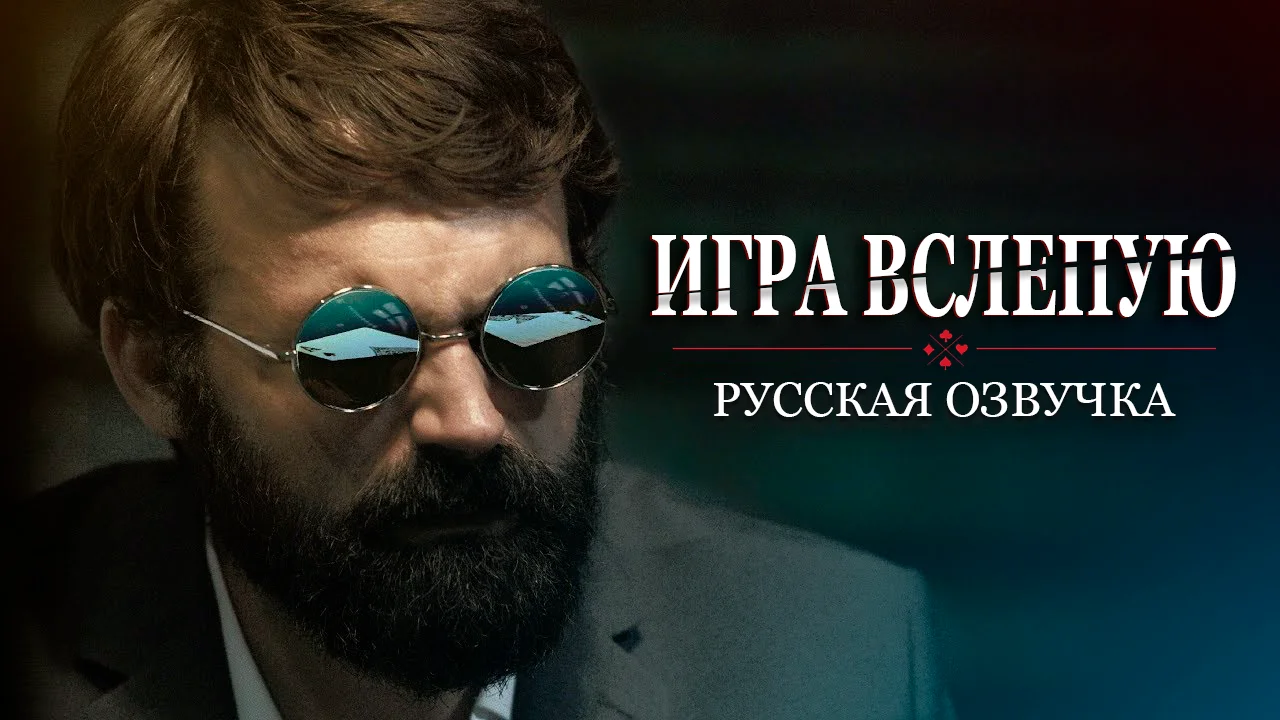

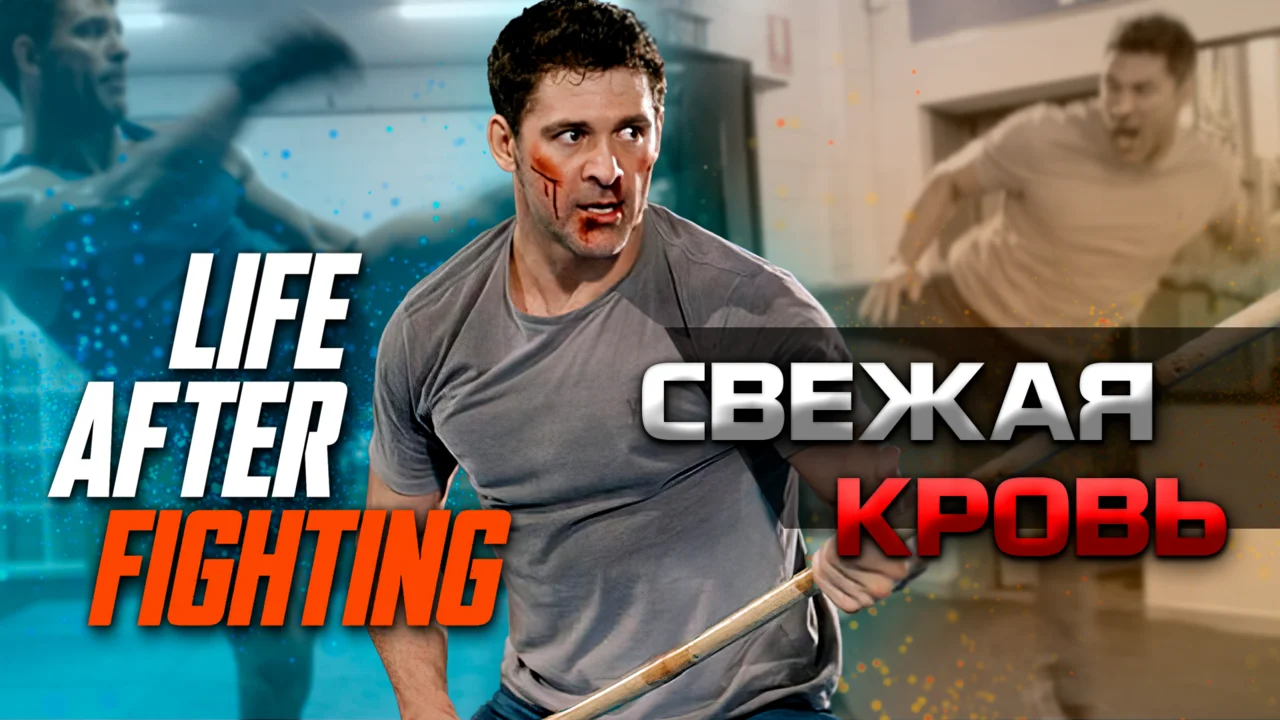
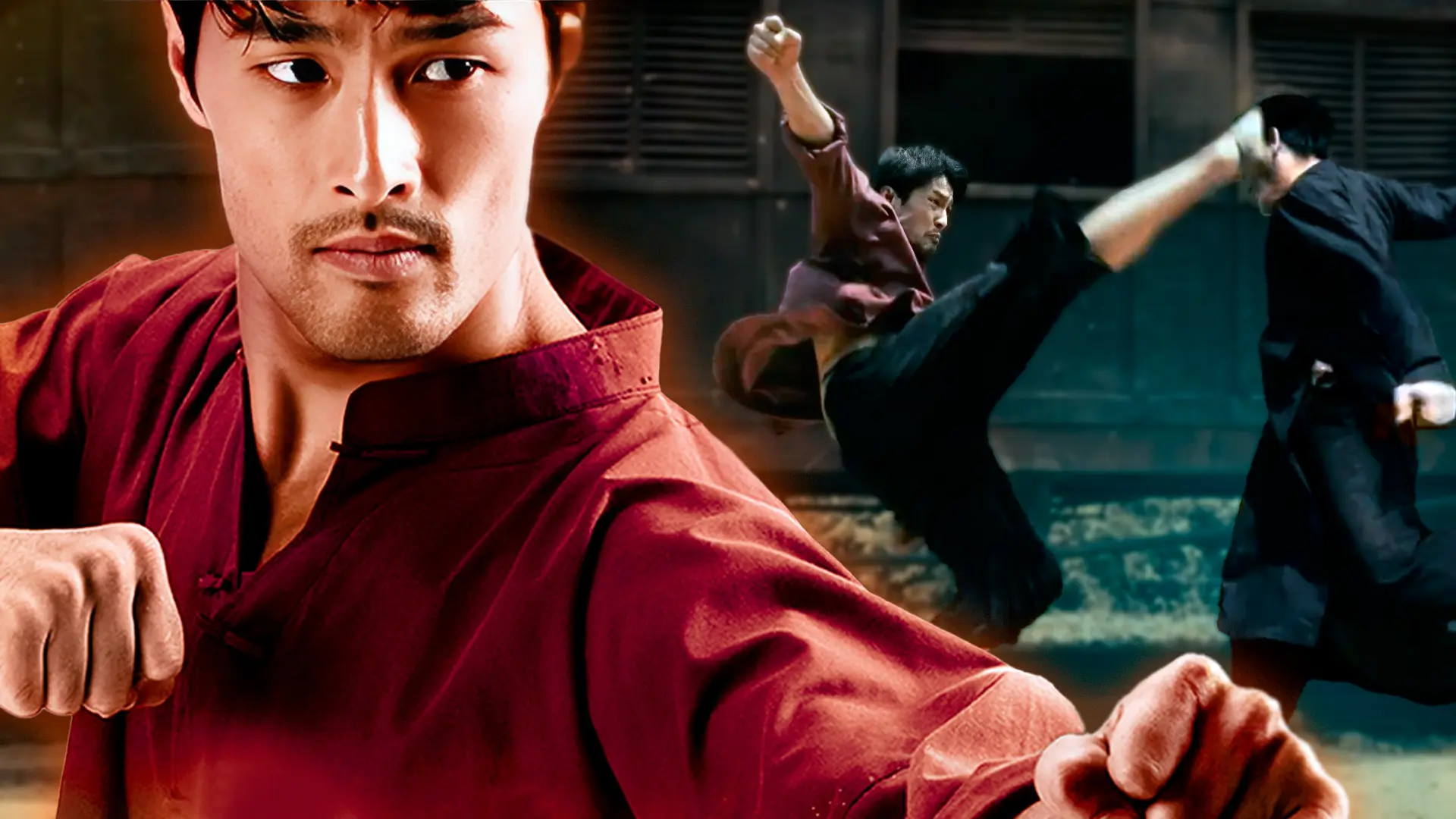
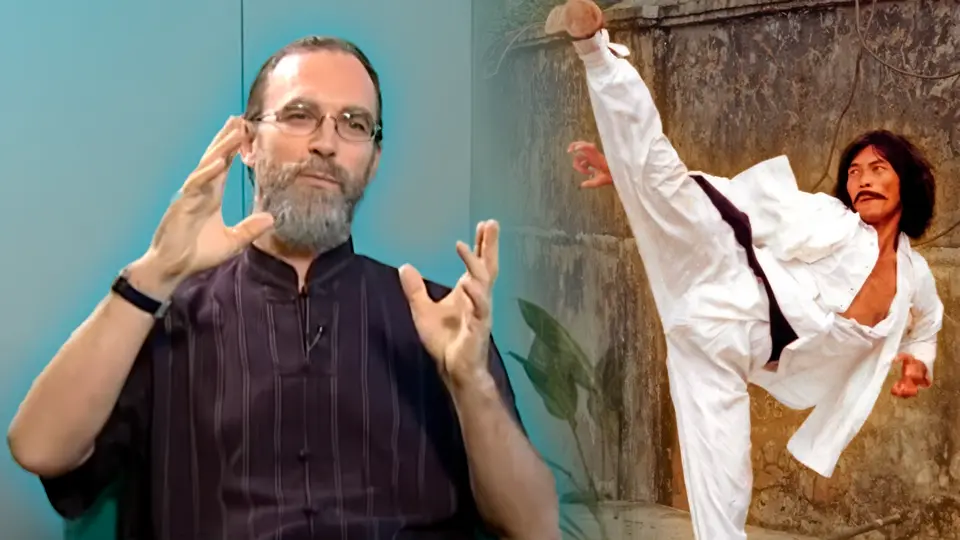
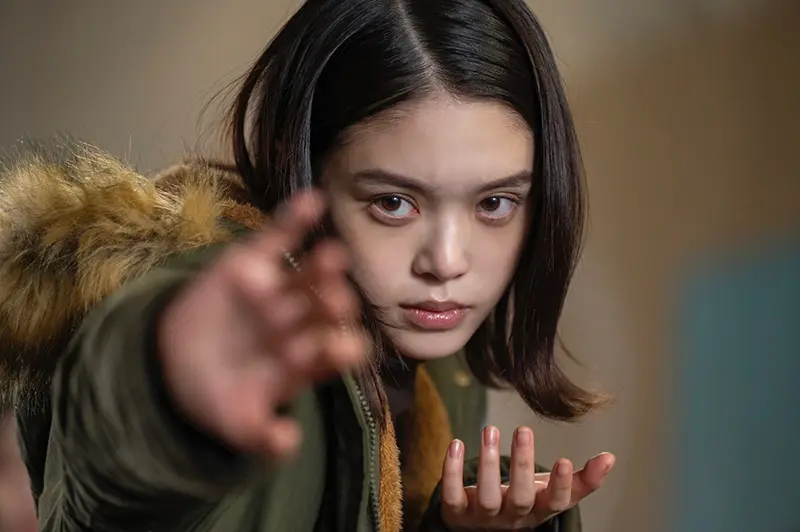


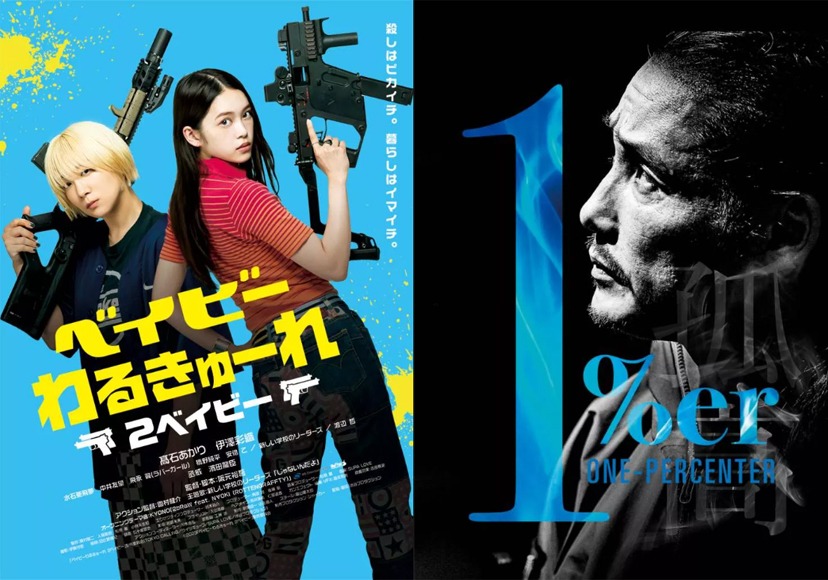
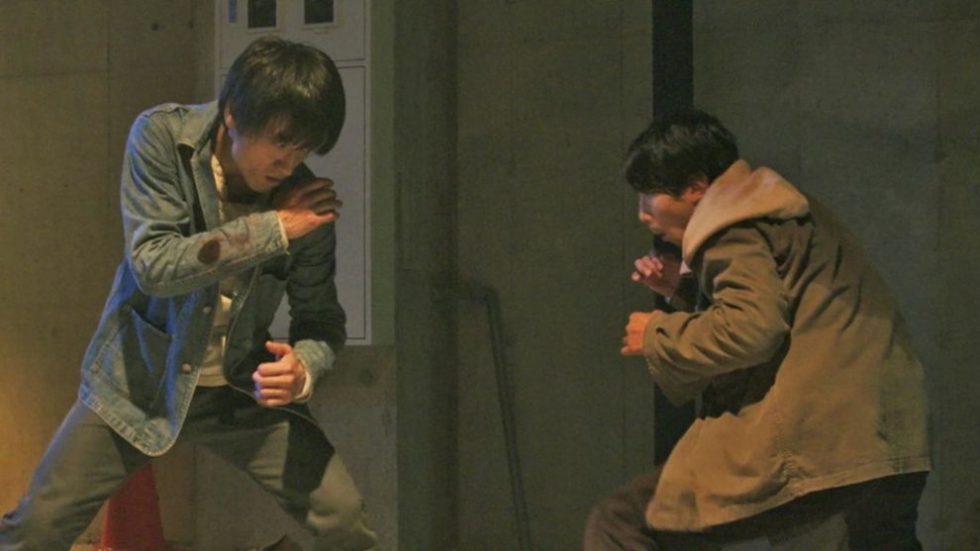
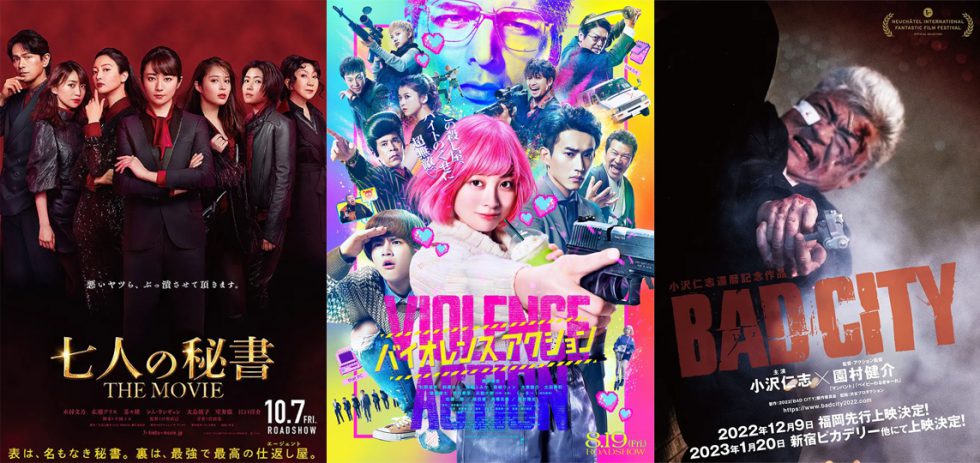
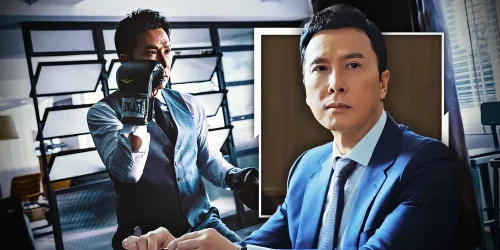
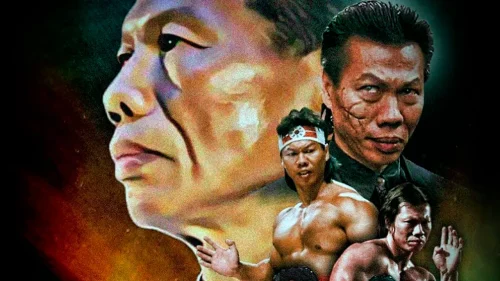
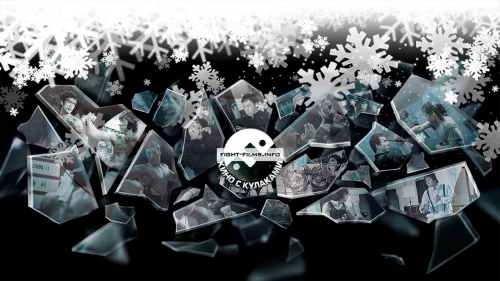
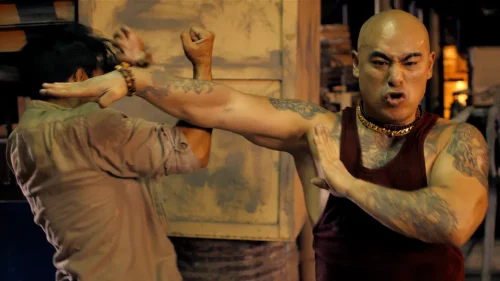


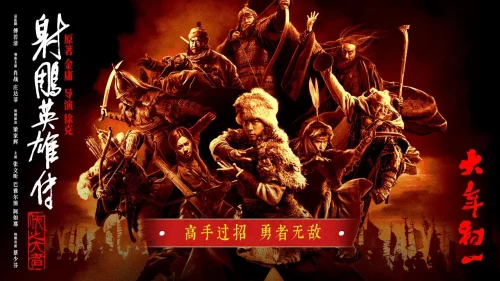
О вкусах не спорят, мало ли кому что нравится. Но если судить по трейлеру, то это обыкновенный японский копеечный трэш, который в Стране Восходящего Солнца снимают тоннами. Отсутствие сюжета и красивой картинки в фильмах жанра MA лично для меня не принципиально, есть примеры, когда такой фильм гремит на весь мир, как "Онг Бак", например, но опять же судя по трейлеру, с хореографией тут тоже не особо. Возникает подозрение, что отсутствие необходимых навыков маскируется спецэффектами. Буду рад ошибиться, так как являюсь большим поклонником азиатского трэша.
С хореографией тут все очень хреново, нет нормальных боев, в русских экшен фильмах бои сняты лучше, сюжет полный бред, а герой все время кушает тошнотворную еду, в Японии видимо так кормят людей. Самый бредовый боевой фильм что я видел в последнее время.
Пусть простит меня автор этой статьи, но давно я не видел такой чепухи.
Dave,
Думаю, в этом нет ничего страшного. Наоборот - хорошо. Мы все разные и нам нравится разное. А чем больше разного боевого кино, тем выше шанс, что что-то из него, да понравится.
Согласен, одному нравится, другому нет, вкусы бывают разными.